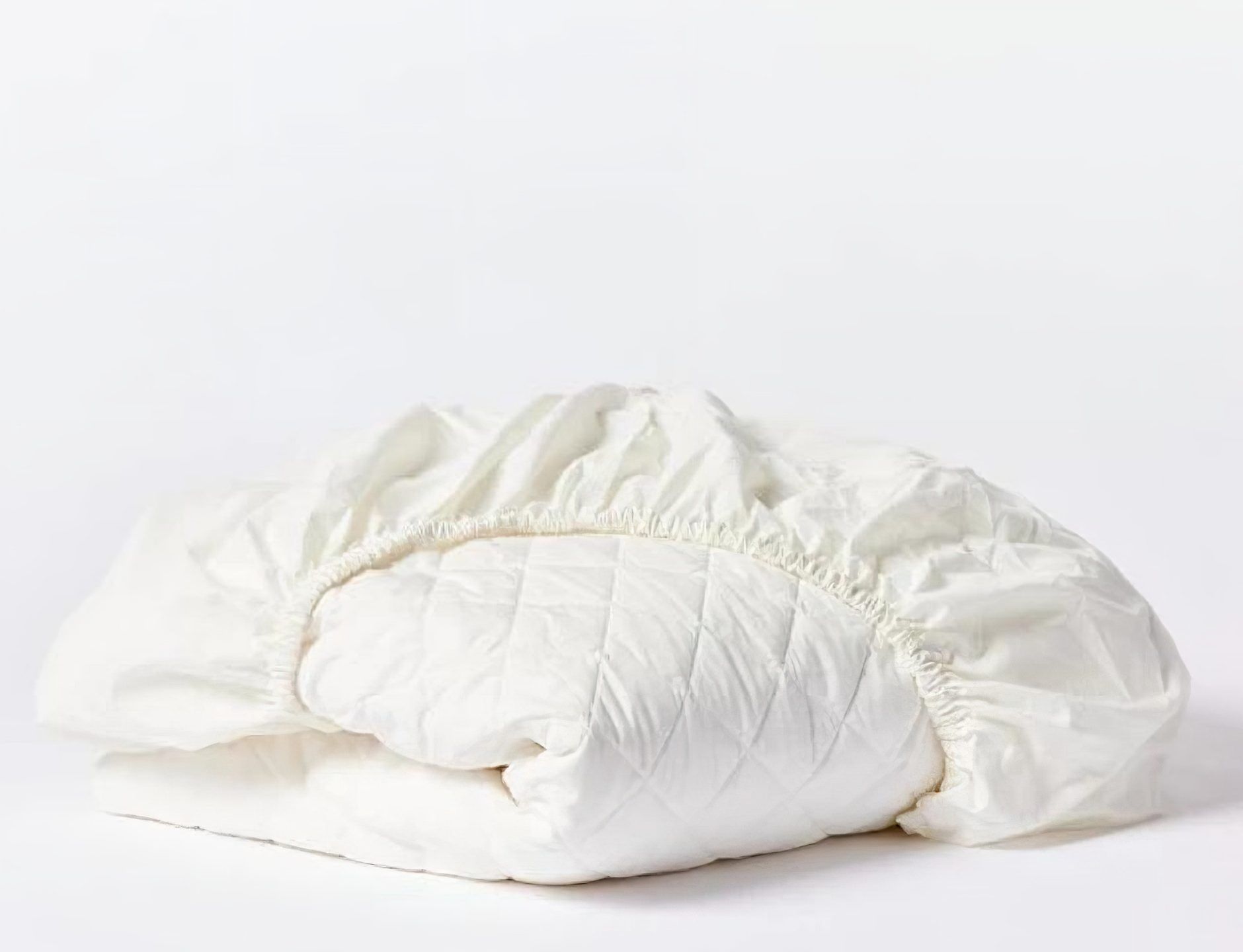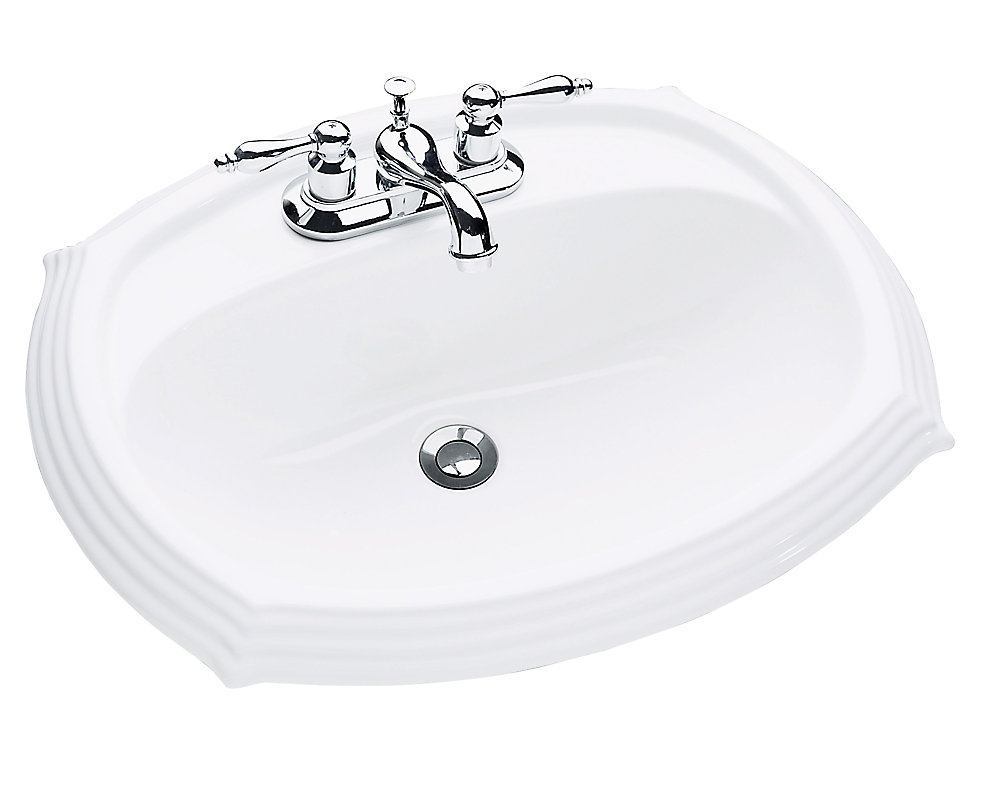If you've recently installed a new bathroom sink faucet or noticed gaps and cracks around your existing one, you may be wondering if caulking is necessary. The short answer is yes, you should caulk around your bathroom sink faucet. Not only does it improve the appearance of your sink, but it also helps to prevent water damage and mold growth. In this article, we'll explore the reasons why caulking around your bathroom sink faucet is important and how to do it effectively.Should You Caulk Around Bathroom Sink Faucet?
Caulking around a bathroom sink faucet is a simple task that can be done in just a few steps. Step 1: Gather Materials To caulk around your bathroom sink faucet, you'll need the following materials:How to Caulk Around a Bathroom Sink Faucet
Now that you know how to caulk around your bathroom sink faucet, let's explore the reasons why it's important to do so. Prevents Water Damage One of the main reasons to caulk around your bathroom sink faucet is to prevent water damage. Without caulk, water can seep into the gap between the sink and faucet, causing damage to the surrounding area and potentially leading to costly repairs. Prevents Mold Growth Water that seeps into the gap between the sink and faucet can also create a damp environment, perfect for mold growth. Caulking around your bathroom sink faucet helps to seal off this area and prevent mold from forming. Improves Appearance Caulking around your bathroom sink faucet not only serves a functional purpose but also improves the appearance of your sink. It creates a clean and seamless look, making your bathroom look more polished and well-maintained.Why You Should Caulk Around Your Bathroom Sink Faucet
To recap, here's a step-by-step guide to caulking around your bathroom sink faucet: Step 1: Gather materials. Step 2: Remove old caulk (if applicable). Step 3: Clean and dry the area. Step 4: Apply caulk. Step 5: Smooth the caulk. Step 6: Remove excess caulk. Step 7: Allow caulk to dry.Step-by-Step Guide to Caulking Around a Bathroom Sink Faucet
When it comes to choosing the best caulk for your bathroom sink faucet, there are a few options to consider: Silicone: This is a durable and waterproof option that is resistant to mold and mildew. Acrylic: This is a budget-friendly option that is easy to work with and can be painted over. Latex: This is also a budget-friendly option that is easy to clean up with water and can be painted over. Whichever type of caulk you choose, make sure it is specifically designed for use in bathrooms and is mold and mildew resistant.Best Caulk for Bathroom Sink Faucet
We've already discussed the importance of caulking around your bathroom sink faucet in terms of preventing water damage and mold growth. But another important reason is to improve the overall functionality of your sink. Caulking helps to keep water from dripping down the back of the sink and onto the cabinet or floor, which can cause damage over time.Importance of Caulking Around Bathroom Sink Faucet
When it comes to caulking around a bathroom sink faucet, there are a few common mistakes to avoid: Not cleaning the area: Not properly cleaning and drying the area before applying caulk can result in a poor seal and the caulk not adhering properly. Using the wrong type of caulk: Make sure to choose a caulk specifically designed for use in bathrooms to ensure it is waterproof and mold resistant. Not smoothing the caulk: Skipping the step of smoothing the caulk can result in an uneven and messy finish. By avoiding these mistakes, you can ensure a professional-looking caulk job around your bathroom sink faucet.Common Mistakes When Caulking Around Bathroom Sink Faucet
Over time, caulk can become discolored, cracked, or moldy. It's important to regularly check the caulk around your bathroom sink faucet and re-caulk as needed. Depending on the type of caulk used, this may need to be done every few years.How Often Should You Re-Caulk Around Bathroom Sink Faucet?
To achieve a professional-looking caulk job around your bathroom sink faucet, here are a few tips to keep in mind: Use painter's tape: This will help to create a clean and straight line when applying the caulk. Work in small sections: Apply the caulk in small sections and smooth it out immediately to avoid it drying too quickly. Use a caulk smoothing tool: This will help to achieve a smooth and even finish. Following these tips will help you achieve a neat and polished caulk job around your bathroom sink faucet.Tips for a Professional-Looking Caulk Job Around Bathroom Sink Faucet
Caulking and sealing are often used interchangeably, but they are actually two different processes. Caulking involves filling in gaps and cracks with a flexible material, such as caulk, to prevent water and air from passing through. Sealing involves covering a surface with a waterproof material, such as sealant, to protect it from damage. When it comes to your bathroom sink faucet, caulking is the recommended method to prevent water damage and mold growth. Sealing is not necessary unless there are larger gaps or cracks that need to be filled.Caulking vs. Sealing Around Bathroom Sink Faucet: What's the Difference?
The Importance of Caulking Around Your Bathroom Sink Faucet
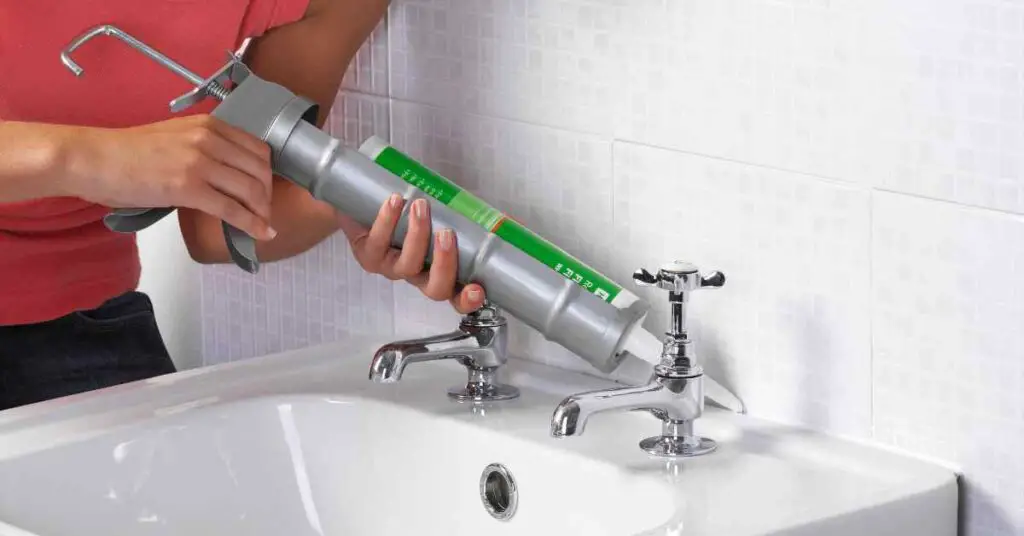
Why Caulking is Necessary
 Caulking around your bathroom sink faucet is an important step in maintaining the overall design and functionality of your bathroom. This simple process involves filling in the gaps between the sink and the countertop or wall to create a watertight seal. While it may seem like a small detail, caulking plays a crucial role in preventing water damage, mold growth, and even potential structural issues in your bathroom.
Water Damage Prevention
Without proper caulking, water from your sink can seep into the gaps and make its way into the walls or floors of your bathroom. Over time, this can cause damage to the surrounding structures and lead to costly repairs. By creating a seal with caulk, you can prevent water from seeping in and protect your bathroom from potential damage.
Mold Growth Prevention
When water is able to seep into the gaps around your sink, it creates a moist and humid environment. This is the perfect breeding ground for mold and mildew, which not only looks unsightly but can also pose health risks. By caulking around your sink faucet, you can prevent water from seeping in and reduce the chances of mold growth in your bathroom.
Improved Aesthetic Appeal
Aside from its functional benefits, caulking also plays a role in enhancing the overall look of your bathroom. Gaps and cracks around your sink faucet can be unsightly and take away from the overall design of your bathroom. By filling in these gaps with caulk, you can create a seamless and polished look that adds to the aesthetic appeal of your bathroom.
Caulking around your bathroom sink faucet is an important step in maintaining the overall design and functionality of your bathroom. This simple process involves filling in the gaps between the sink and the countertop or wall to create a watertight seal. While it may seem like a small detail, caulking plays a crucial role in preventing water damage, mold growth, and even potential structural issues in your bathroom.
Water Damage Prevention
Without proper caulking, water from your sink can seep into the gaps and make its way into the walls or floors of your bathroom. Over time, this can cause damage to the surrounding structures and lead to costly repairs. By creating a seal with caulk, you can prevent water from seeping in and protect your bathroom from potential damage.
Mold Growth Prevention
When water is able to seep into the gaps around your sink, it creates a moist and humid environment. This is the perfect breeding ground for mold and mildew, which not only looks unsightly but can also pose health risks. By caulking around your sink faucet, you can prevent water from seeping in and reduce the chances of mold growth in your bathroom.
Improved Aesthetic Appeal
Aside from its functional benefits, caulking also plays a role in enhancing the overall look of your bathroom. Gaps and cracks around your sink faucet can be unsightly and take away from the overall design of your bathroom. By filling in these gaps with caulk, you can create a seamless and polished look that adds to the aesthetic appeal of your bathroom.
How to Properly Caulk Around Your Bathroom Sink Faucet
 Now that you understand the importance of caulking, it's important to know how to do it correctly. Here are the basic steps to follow:
1. Clean the area: Before applying caulk, make sure the area is clean and free of any debris or old caulk.
2. Choose the right caulk: There are different types of caulk available, so make sure to choose one that is specifically designed for bathrooms and is waterproof.
3. Prepare the caulk gun: Cut the tip of the caulk tube at a 45-degree angle to create a small opening. Load the tube into the caulk gun.
4. Apply the caulk: Starting at one end of the sink faucet, slowly and steadily squeeze the caulk gun to apply a thin and even bead of caulk along the gap between the sink and the countertop or wall.
5. Smooth out the caulk: Use a caulk smoothing tool or your finger (dipped in water) to smooth out the caulk and remove any excess.
6. Let it dry: Allow the caulk to dry completely before using the sink or getting it wet.
Now that you understand the importance of caulking, it's important to know how to do it correctly. Here are the basic steps to follow:
1. Clean the area: Before applying caulk, make sure the area is clean and free of any debris or old caulk.
2. Choose the right caulk: There are different types of caulk available, so make sure to choose one that is specifically designed for bathrooms and is waterproof.
3. Prepare the caulk gun: Cut the tip of the caulk tube at a 45-degree angle to create a small opening. Load the tube into the caulk gun.
4. Apply the caulk: Starting at one end of the sink faucet, slowly and steadily squeeze the caulk gun to apply a thin and even bead of caulk along the gap between the sink and the countertop or wall.
5. Smooth out the caulk: Use a caulk smoothing tool or your finger (dipped in water) to smooth out the caulk and remove any excess.
6. Let it dry: Allow the caulk to dry completely before using the sink or getting it wet.
In Conclusion
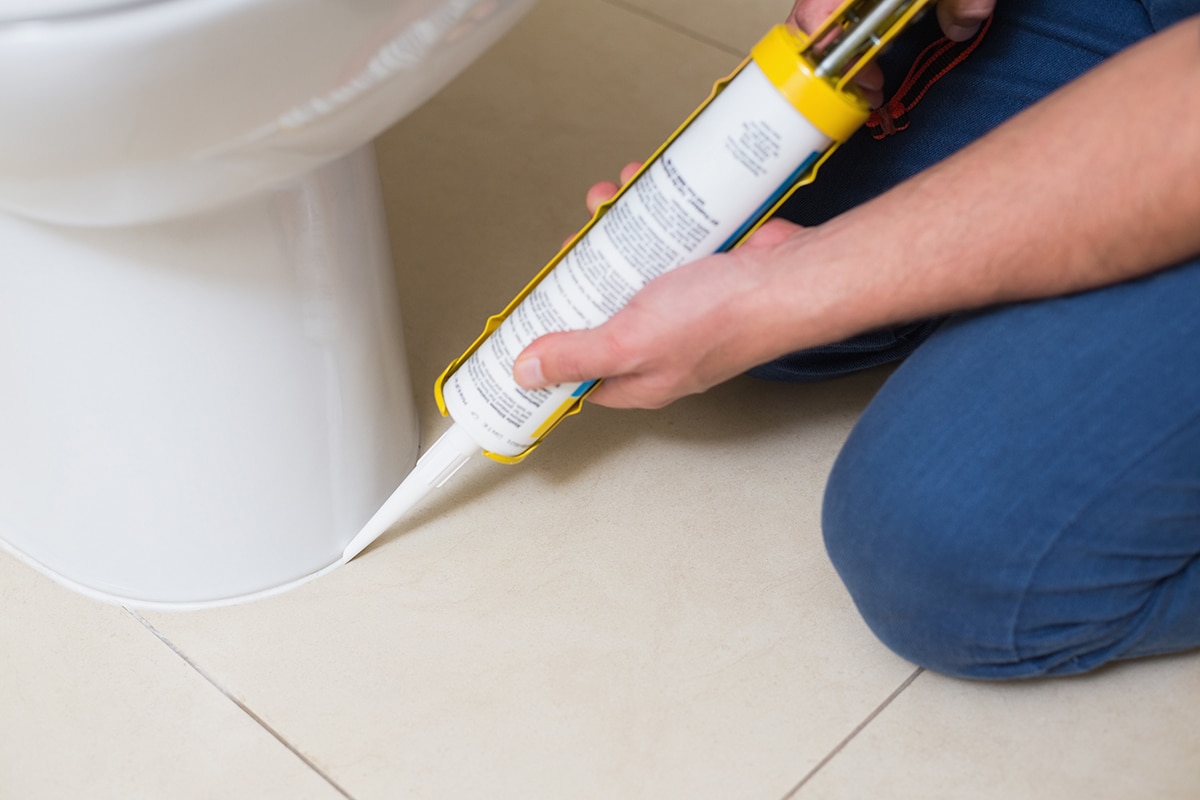 Caulking around your bathroom sink faucet may seem like a small and insignificant task, but it plays a crucial role in maintaining the design and functionality of your bathroom. By preventing water damage, mold growth, and improving the overall aesthetic appeal, caulking is a simple and effective way to keep your bathroom in top condition. So if you haven't already, it's time to grab your caulk gun and give your bathroom sink faucet the proper seal it deserves.
Caulking around your bathroom sink faucet may seem like a small and insignificant task, but it plays a crucial role in maintaining the design and functionality of your bathroom. By preventing water damage, mold growth, and improving the overall aesthetic appeal, caulking is a simple and effective way to keep your bathroom in top condition. So if you haven't already, it's time to grab your caulk gun and give your bathroom sink faucet the proper seal it deserves.



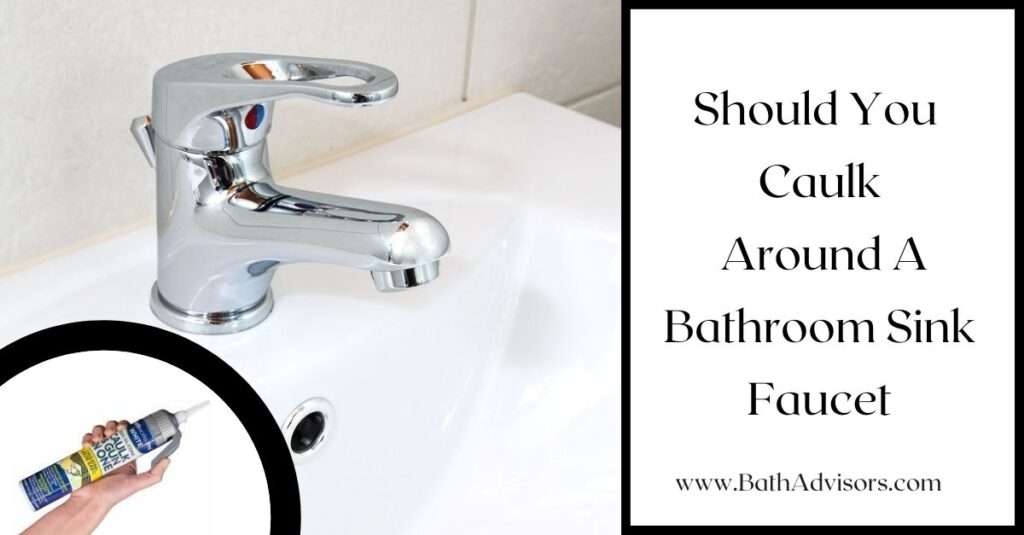




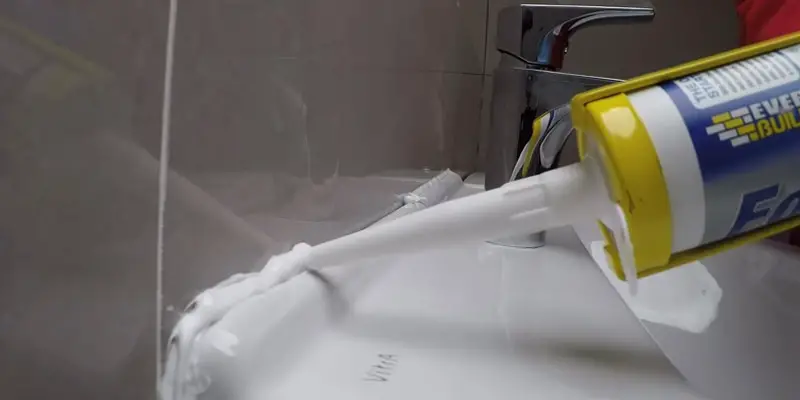

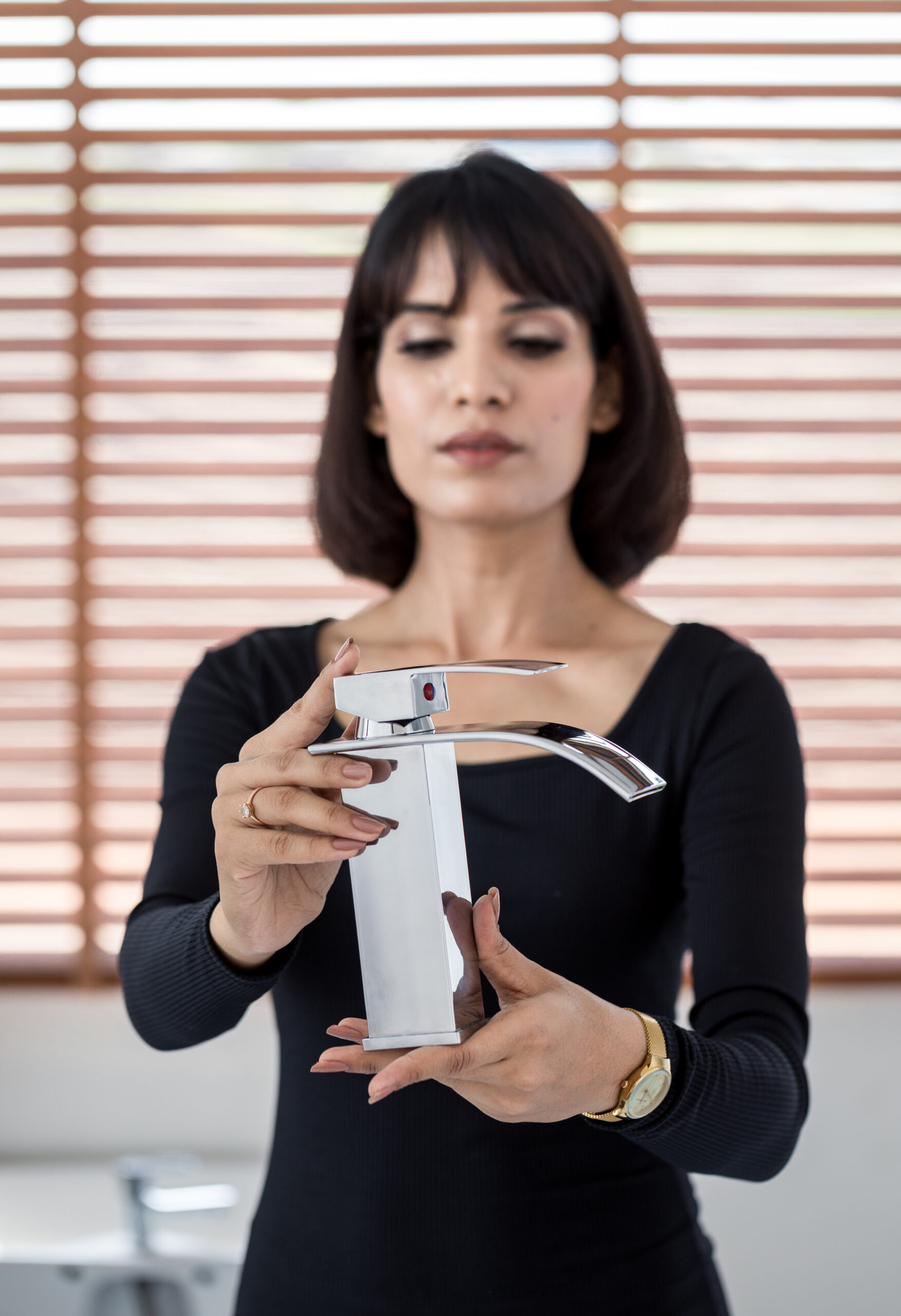














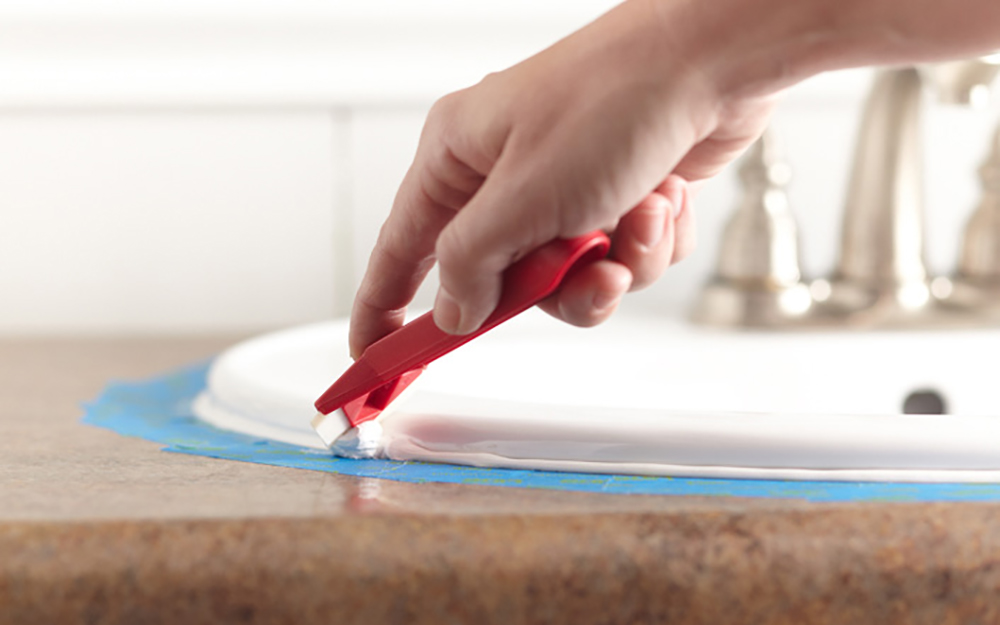


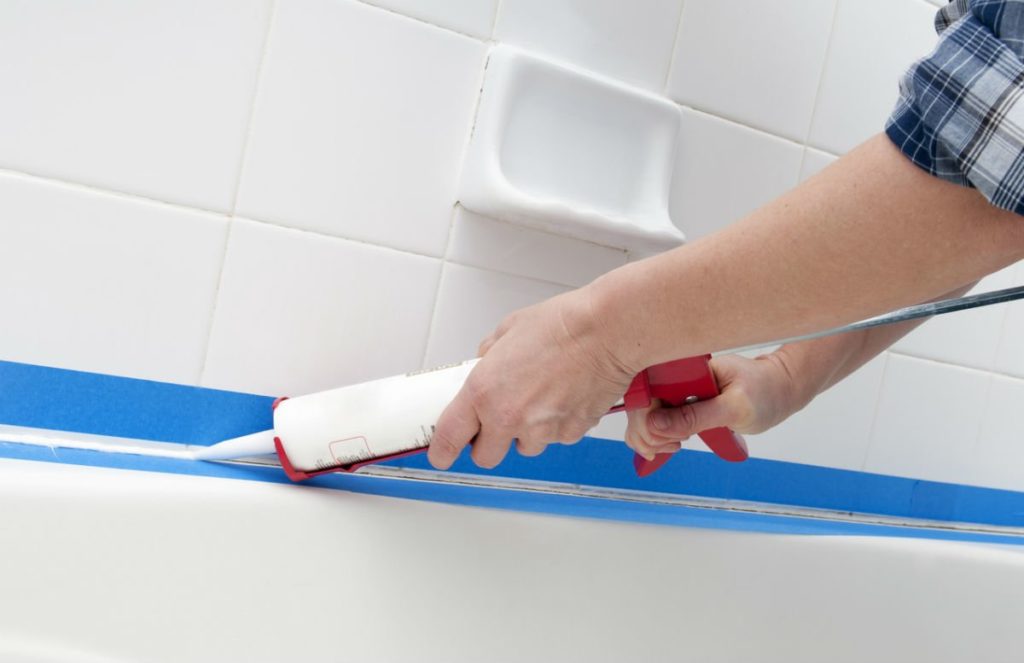


























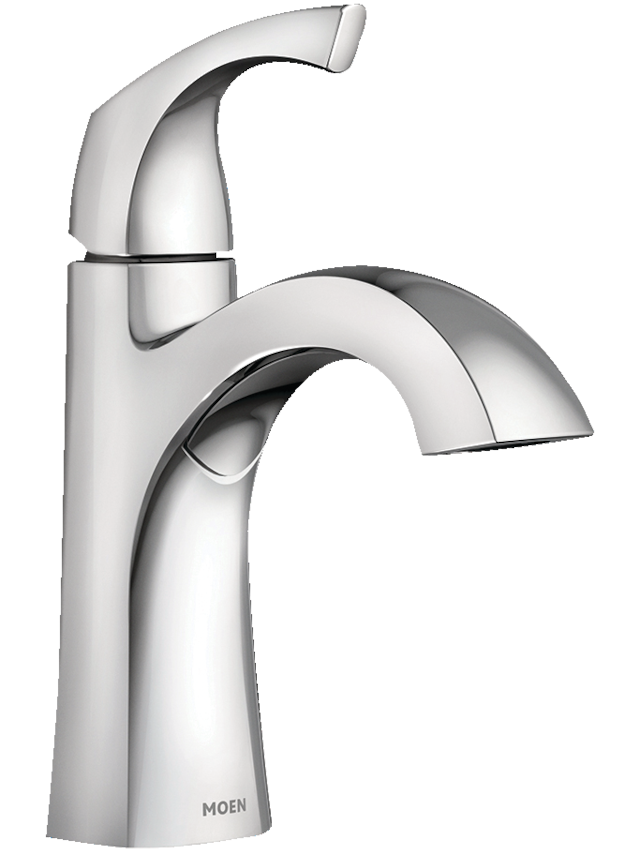
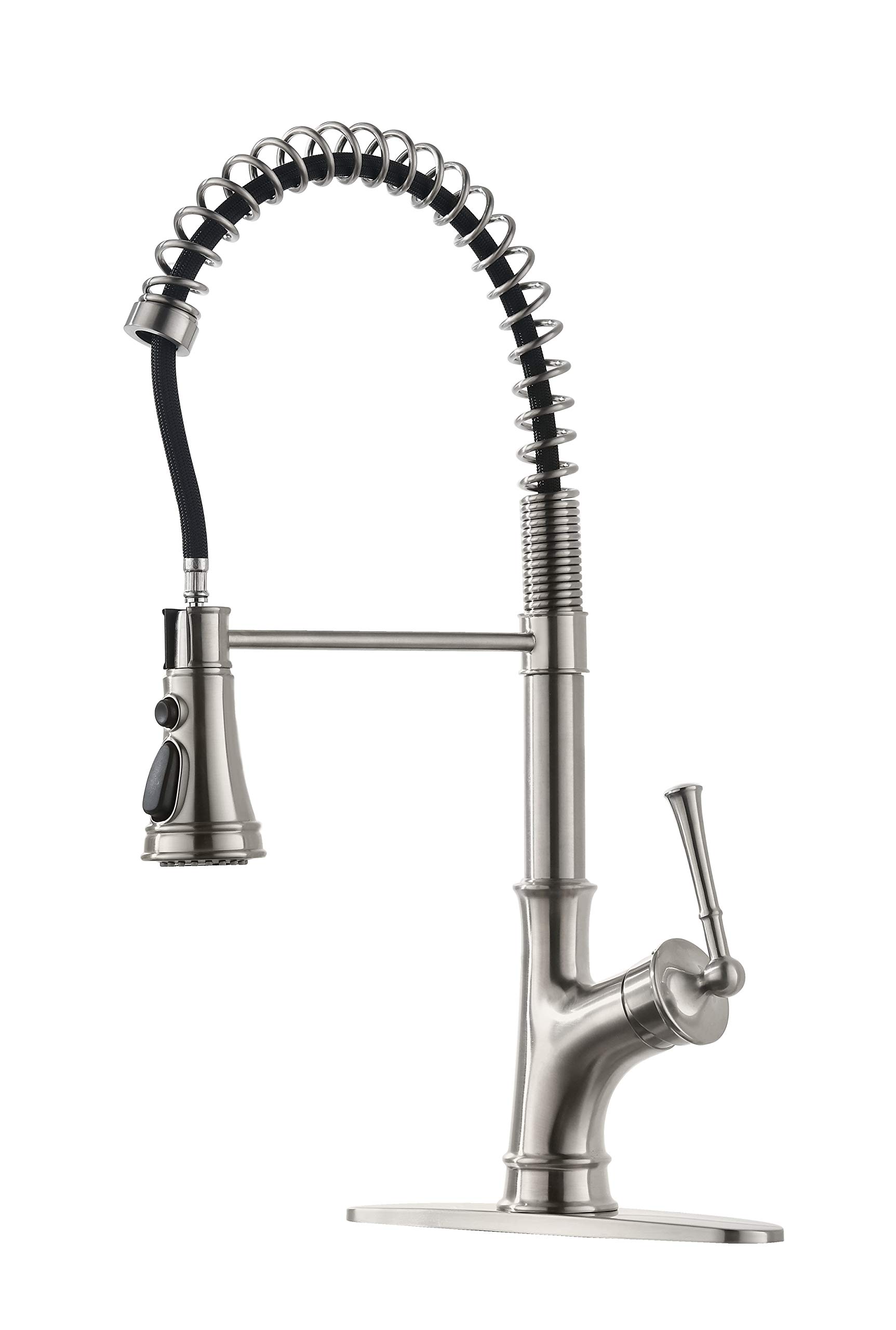




/Traditional-Beach-House-Living-Room-589a78c33df78caebcbc63a6.png)

